Da Nang or Danang dated to the early 14th century when the area was settled small collection hamlets in central Vietnam. In 1954 with the division of Vietnam into the North and South, Danang became part of South Vietnam, and in 1965 was the location of the first landing of US forces in Vietnam and aptly coined “China Beach.” Nowadays, the area is home to one of Asia’s best beaches, many world-class resorts, and Vietnam’s best golf courses. For example, Ba Na Hills Golf Club and the BRG Danang Golf Resort are ranked continuously among Asia’s leading golf clubs. It is no surprise then that some refer to this area as the Vietnam Golf Coast.
Hoi An, with its lovely wooden shop-homes, was set up in the 16th century. It was revived in the 20th century to commemorate the long history of Vietnamese international trade. Wandering through its protected old town is like being transported back to a time when Hoi An was Vietnam’s most important trading port. For those looking a glimpse of the real Vietnam, or just a fun night out, Hoi An mixes old world charm with modern and vibrant nightlife.
Day 1: Da Nang Airport pick up & Welcome
Our golf guide will pick up at Da Nang airport and transfer you to hotel in Da Nang downtown, beach or Hoian upon your interest. Free at leisure or enjoy massage at one of the best spas in Da Nang
Overnight at a hotel or resort upon guest’s inquiry. You can participate in amusement activities and explore the most famous places in Danang.
After breakfast at hotel, you have full morning golf at Ba Na Hills Golf Club
Ba Na Hills Golf Club is 25 minutes inland from Danang Vietnam near at the foothills of the cable car station leading to Bana Hills. The IMG managed Da Nang golf course is the first Luke Donald designed course not only in Asia but the world.
Ba Na Hills is laid out in several valleys of the surrounding mountain ranges. The Ba Na Hills mountain course has a diverse mix of natural topography and vegetation. The holes at higher elevation have nice vantage points with spectacular views of the valleys below.
The site has a fair amount of elevation change and many natural features like large hardwood trees and streams that meander tough several of the holes. At 7,858 yards in length, the par-72 golf course provides a balance of challenge and enjoyment for golfers of all skill levels. The varying lengths of each hole and different lies resulting from the rolling hills and elevations changes ensure use of a variety of shots throughout the 18 holes.
In the late afternoon, visit Tra Que Village and Hoian Ancient Town
Hoi An Ancient Town is an exceptionally well-preserved example of a South-East Asian trading port dating from the 15th to the 19th century. Its buildings and its street plan reflect the influences, both indigenous and foreign, that have combined to produce this unique heritage site.
Overnight in Hoian
Golfing at BRG Da Nang Golf Resort all day.
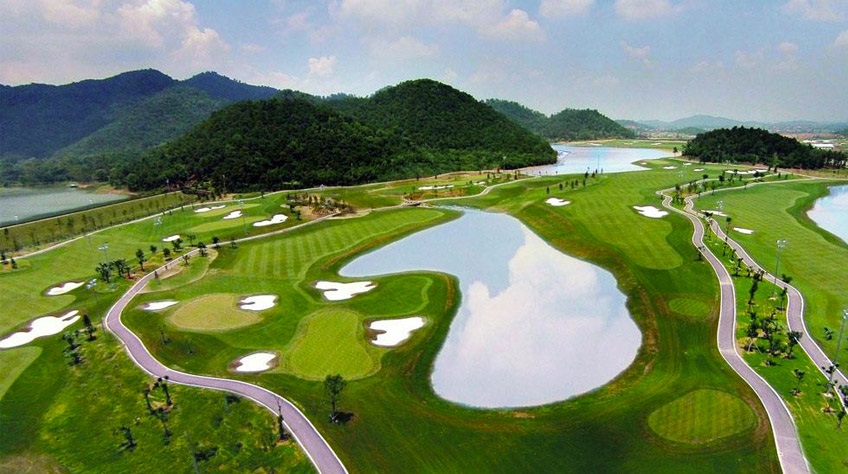
In 2018, the first nine holes of the BRG Danang Golf Resort, Nicklaus Course, added to the breadth of golf on offer at the Danang golf club. Two years later, in 2020, marked the course completion with the opening of all 18-holes.
The Nicklaus Course offers a good test of golf and offers a different style of golf from the original Norman Course, which plays in Dunes and Ocean settings. Most of the golf property is low lying and part of a floodplain, so the entire Nicklaus course stands out among swamps and paddy fields. Several of the holes play adjacent to the Coco River with great views of the surrounding villages and back to Danang City.
After playing golf, you can experience Spa and leisure in late afternoon
Overnight in Da Nang or Hoian
After breakfast, we will transfer you to Laguna Lang Co Golf Club
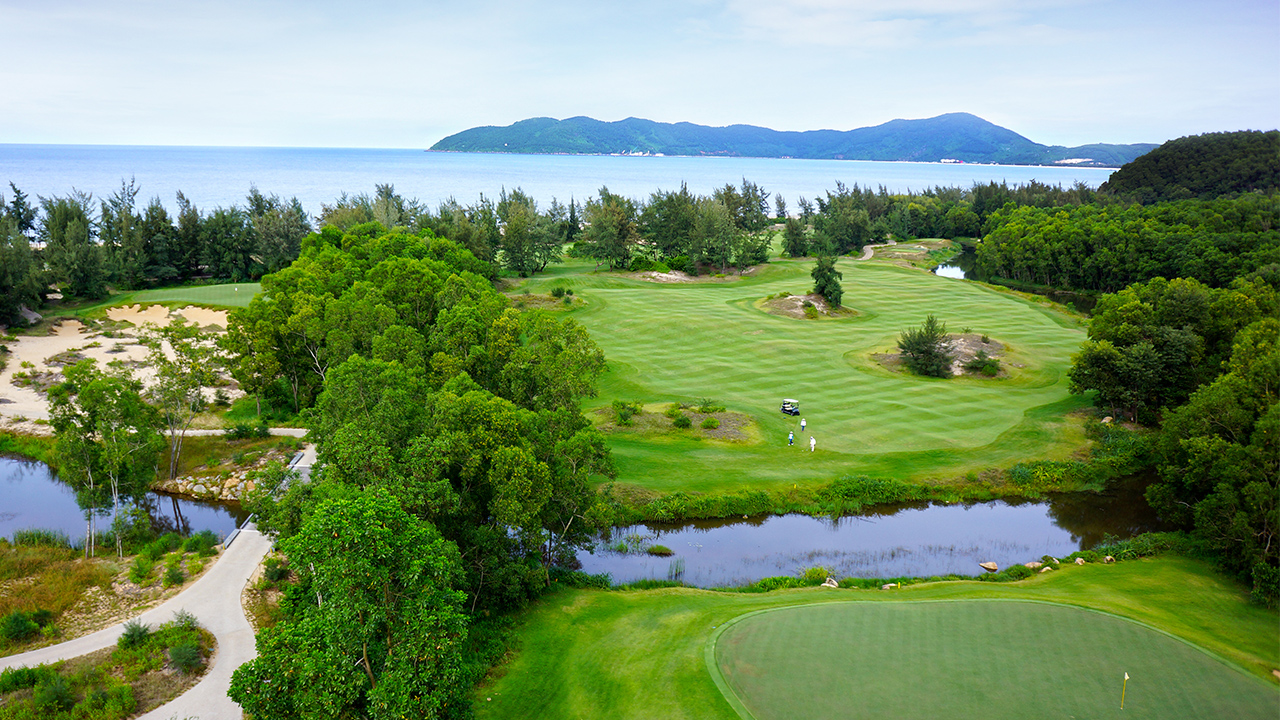
Laguna Lang Co Golf Club in central Vietnam near Lang Co Bay and a 3-kilometer beach in the Chan May region of Central Vietnam, an area renowned for its pristine coastline, natural scenery and proximity to UNESCO World Heritage sites. The site located between the ancient city of Hue 30 kilometers to the North and Danang 35 kilometers to the South.
This par-71 golf course was designed by six-time Major winner Sir Nick Faldo. The most experienced players and beginners alike enjoy golf at Lang Co. The course presents a variety of tees for players of all levels measuring 6,958 yards from the championship tees and a friendly 5,263 yards from the front tees.
After the game we then transfer to Hue for dinner at a restaurant on Huong River with traditional music show
Overnight in Hue
Today, we have a morning visit Hue with Hue Imperial City, Thien Mu Pagoga, Minh Mang Tomb
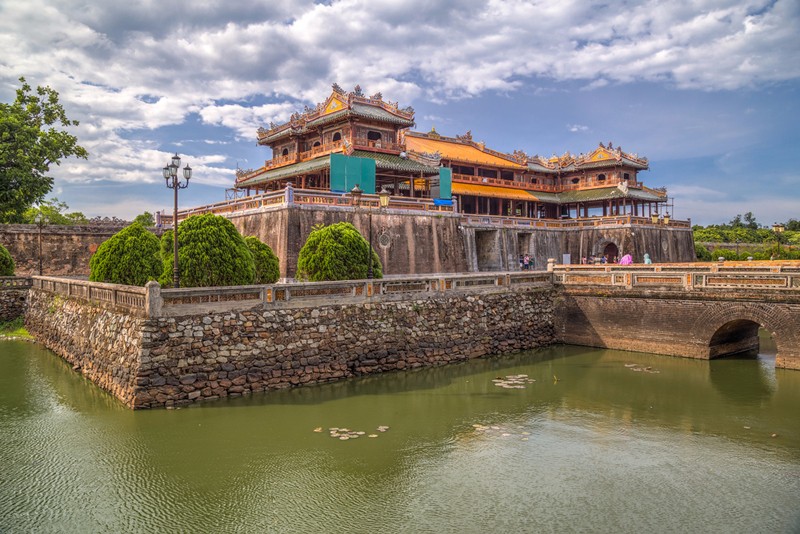
Later in the afternoon, transfer back to Da Nang for dinner and overnight
A golfing day at Montgomerie Links with Spa

Montgomerie Links located just off historical Danang Beach and minutes from the Danang City, is a stunning 7090 yard, par-72 golf course. The course rated as one of Asia’s ten most elite courses by the 2012 Forbes Travel Guide as well as most recently has been voted as 'Vietnam's Best Championship Course 2013' by the Vietnam Golf Magazine. Since then yearly awards are common for Montgomerie.
Overnight in Da Nang
Free at leisure until transfer to Da Nang airport for your ongoing flight
Prices are in USD/Per person.
| Hotel/Group | 2 Golfers | 3-5 Golfers | 6-9 Golfers | > 10 Golfers |
|---|
| 3 star hotels | 1,020 | 970 | 950 | Email us |
| 4 star hotels | 1,160 | 1,090 | 1,040 | Email Us |
| 5 star hotels | 1,410 | 1,340 | 1,290 | Email Us |
Our Price included
- All accommodations with daily breakfast
- All green fees and caddie fee
- All airport, land, and golf course transfers
- All transfers by private VIP high roof touring van
- Local knowledge, expertise and support throughout trip
- 24/7 golf hot line staffed by knowledgeable service personnel
- All taxes and service charges
Our Price excluded:
- International airfare
- Personal items, drinks, and gratuities
- Weekend golf surcharge
Policies
Flexibility is our strongest point. You can amend your booking when it is made. Just contact us at info@vietgreentravel.com with your booking number. Our reservations team is glad to amend your booking accordingly.

1. Deposits & Payment Policy:
- A deposit of 25% of the total of the tour is required upon confirmation of booking tour. You have peace of mind until 2 months before departure dates. At that point, we would require full prepayment only 60 days before departure for all services by money transfer or credit card payment with all bank transfer charges/ fees to be paid by the client.
- All the tour packages on this website operate on a pre-payment basis. Payment can be made either using a major credit card as Visa, Mastercard, and American Express Credit Card, not including credit card transaction fee ( Please add in 3% fee for Visa, Mastercard or 4% for American Express to the total amount of payment each time).
- If you wish to pay us online on our secure server, please click here and fill in the form.
- After receiving your payment, we will issue you the hotel voucher and/or final confirmation itinerary, which can be sent to you by fax or e-mail.
2. Booking Amendment
Flexibility is our strongest point. You can amend your booking when it is made. Just contact us at info@vietgreentravel.com with your booking number. Our reservations team is glad to amend your booking accordingly.
3. Cancellation Policy
Non-Refundable:
NON REFUNDABLE deposit of USD$20 per person for hotels and air ticket booking upon services confirmation and US$ 100 per person upon the packages tours services confirmation
FIND OUR INFORMATION MORE >>>

Cancellations timeline will be charged as follows:
- 60 days prior to the arrival date: Non Refundable deposit charge and the cancellation fees applied by the concerned services suppliers such as flight company, boat company, train, hotels… in accordance with their cancellations policies if any.
- 59 – 31 days prior to arrival date: Cancellations fee of 30% per group/booking and plus the cancellation fees applied by the concerned services suppliers such as flight company, boat company, train, hotels… in accordance with their cancellations policies if any.
- 30 days – 15 days prior to arrival date: Cancellations fee of 50% per group/booking plus the cancellation fees applied by the concerned services suppliers such as flight company, boat company, train, hotels… in accordance with their cancellations policies if any.
- 14 – 7 days before arrival: Cancellations fee 70% charge plus the cancellation fees applied by the concerned services suppliers such as flight company, boat company, train, hotels… in accordance with their cancellations policies if any.
- Less than 7 days before arrival Or No show: 100 % charge per group/booking.
*** Nonrefundable deposit and banking service fee will be forfeited in all cancellation cases.
4. Refund of Unused Services
No refund will be given for any unused service after the trip has commenced.
5. Liability
VIET GREEN TRAVEL is not responsible for any loss, injury or damage sustained by passengers. Additional expenses incurred due to delays, accidents, natural disaster, political actions, and unrest must be borne by the passengers. Passengers are required to have full travel insurance.
Airline schedules and local conditions may affect accommodation and itineraries. Should this occur, VIET GREEN TRAVEL will endeavor to substitute a suitable arrangement of similar value. Participation on any tours implies full agreement to the above conditions by all parties involved.
6. Passport and Entry Visa
Your passport must be valid for at least six months following your entry date to your travel destination.
It is your responsibility to ensure that you are in possession of a valid passport and visa and all travel documents are valid for travel.
7. Travel Insurance
Travel insurance is not included in your tour price. It is the passenger’s responsibility to verify whether his/her local health insurance carrier provides coverage while traveling. Please contact your insurance carrier for details.
VIET GREEN TRAVEL strongly advises that you purchase a comprehensive travel insurance policy to cover all aspects of your tour: the loss of deposits through cancellation lost of baggage and personal items, personal injury and death. A waiver must be signed if insurance is declined.
If you wish to speak to us, please call our Reservation Center at ++84.24.66888684 or +84.8475.33333 and live chat during our business office hours.
READ MORE:

BOOK TEE-TIME HERE
RELATED NEWS:
Asian Golf Courses => Find all HERE
Tips of Southeast-Asia Golf Holiday => Read more
Review Asia Golf Courses => Review Now
Find best golf hoilday in Southeast-Asia at: VietGreenGolf.com

FORM BOOK GOLF HOLIDAY HERE

OUR GOLFING MEDIA & VIDEO

HOTLINE TOUR GOLF/ TEE-TIME/ COMBO GOLF & PLAY: +84.989313339
Email: vietgreengolf@gmail.com - golf@vietgreentravel.com
Email VIP GOLF: vip@dulichxanh.com.vn
Website: www.vietgreengolf.com | www.dulichgolf.com
Link FORM book tee-time: https://forms.gle/uifwM1rjdxdpbe4o9

GOLF LIST:
BRG Da Nang Golf Resort (Danang Golf Club), Norman Course opened in 2010 and immediately leaped to fame being recognized as one of the 15 best new courses in the world by USA GOLF magazine. Da Nang Golf Resort has achieved many awards, amongst them 2011, 2012, 2013 best golf course in Asia by the readers of Asian Golf Monthly as well as the 2012 Best Golf Course in Vietnam by USA Golf Digest and the 2014 IAGTO Diamond Award.
Laguna Lang Co Golf Club in central Vietnam near Lang Co Bay and a 3-kilometer beach in the Chan May region of Central Vietnam, an area renowned for its pristine coastline, natural scenery and proximity to UNESCO World Heritage sites. The site located between the ancient city of Hue 30 kilometers to the North and Danang 35 kilometers to the South.
The Montgomerie Links, located just off historical Danang Beach and minutes from the Danang City, is a stunning 7090 yard, par-72 golf course. The course rated as one of Asia’s ten most elite courses by the 2012 Forbes Travel Guide as well as most recently has been voted as 'Vietnam's Best Championship Course 2013' by the Vietnam Golf Magazine. Since then yearly awards are common for Montgomerie.
HOTEL LIST:
Updating...
Viet Green Payment Policies
Flexibility is our strongest point. You can amend your booking when it is made. Just contact us at info@vietgreentravel.com with your booking number. Our reservations team is glad to amend your booking accordingly.

1. Deposits & Payment Policy:
- A deposit of 25% of the total of the tour is required upon confirmation of booking tour. You have peace of mind until 2 months before departure dates. At that point, we would require full prepayment only 60 days before departure for all services by money transfer or credit card payment with all bank transfer charges/ fees to be paid by the client.
- All the tour packages on this website operate on a pre-payment basis. Payment can be made either using a major credit card as Visa, Mastercard, and American Express Credit Card, not including credit card transaction fee ( Please add in 3% fee for Visa, Mastercard or 4% for American Express to the total amount of payment each time).
- If you wish to pay us online on our secure server, please click here and fill in the form.
- After receiving your payment, we will issue you the hotel voucher and/or final confirmation itinerary, which can be sent to you by fax or e-mail.
2. Booking Amendment
Flexibility is our strongest point. You can amend your booking when it is made. Just contact us at info@vietgreentravel.com with your booking number. Our reservations team is glad to amend your booking accordingly.
3. Cancellation Policy
Non-Refundable:
NON REFUNDABLE deposit of USD$20 per person for hotels and air ticket booking upon services confirmation and US$ 100 per person upon the packages tours services confirmation
FIND OUR INFORMATION MORE >>>

Cancellations timeline will be charged as follows:
- 60 days prior to the arrival date: Non Refundable deposit charge and the cancellation fees applied by the concerned services suppliers such as flight company, boat company, train, hotels… in accordance with their cancellations policies if any.
- 59 – 31 days prior to arrival date: Cancellations fee of 30% per group/booking and plus the cancellation fees applied by the concerned services suppliers such as flight company, boat company, train, hotels… in accordance with their cancellations policies if any.
- 30 days – 15 days prior to arrival date: Cancellations fee of 50% per group/booking plus the cancellation fees applied by the concerned services suppliers such as flight company, boat company, train, hotels… in accordance with their cancellations policies if any.
- 14 – 7 days before arrival: Cancellations fee 70% charge plus the cancellation fees applied by the concerned services suppliers such as flight company, boat company, train, hotels… in accordance with their cancellations policies if any.
- Less than 7 days before arrival Or No show: 100 % charge per group/booking.
*** Nonrefundable deposit and banking service fee will be forfeited in all cancellation cases.
4. Refund of Unused Services
No refund will be given for any unused service after the trip has commenced.
5. Liability
VIET GREEN TRAVEL is not responsible for any loss, injury or damage sustained by passengers. Additional expenses incurred due to delays, accidents, natural disaster, political actions, and unrest must be borne by the passengers. Passengers are required to have full travel insurance.
Airline schedules and local conditions may affect accommodation and itineraries. Should this occur, VIET GREEN TRAVEL will endeavor to substitute a suitable arrangement of similar value. Participation on any tours implies full agreement to the above conditions by all parties involved.
6. Passport and Entry Visa
Your passport must be valid for at least six months following your entry date to your travel destination.
It is your responsibility to ensure that you are in possession of a valid passport and visa and all travel documents are valid for travel.
7. Travel Insurance
Travel insurance is not included in your tour price. It is the passenger’s responsibility to verify whether his/her local health insurance carrier provides coverage while traveling. Please contact your insurance carrier for details.
VIET GREEN TRAVEL strongly advises that you purchase a comprehensive travel insurance policy to cover all aspects of your tour: the loss of deposits through cancellation lost of baggage and personal items, personal injury and death. A waiver must be signed if insurance is declined.




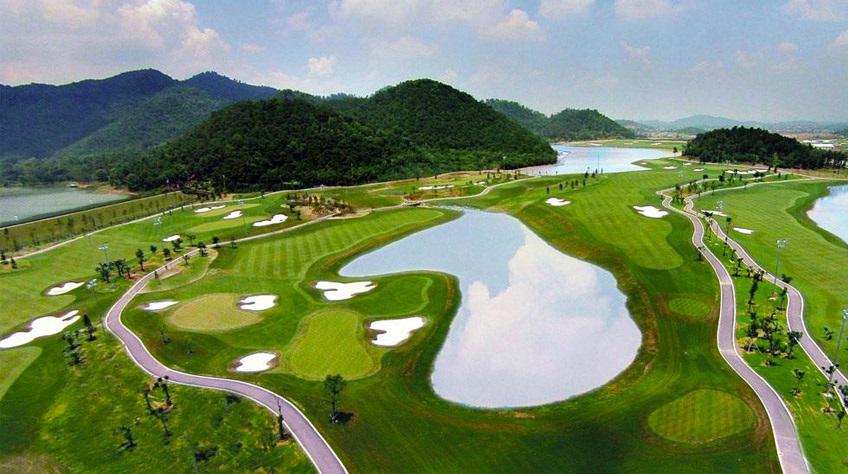
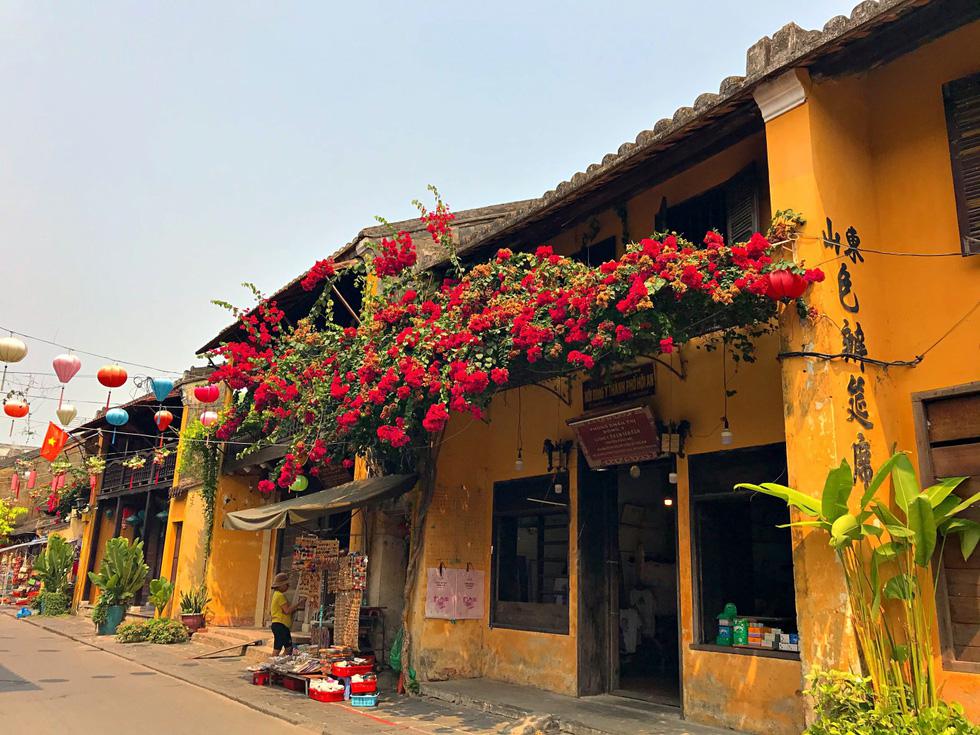
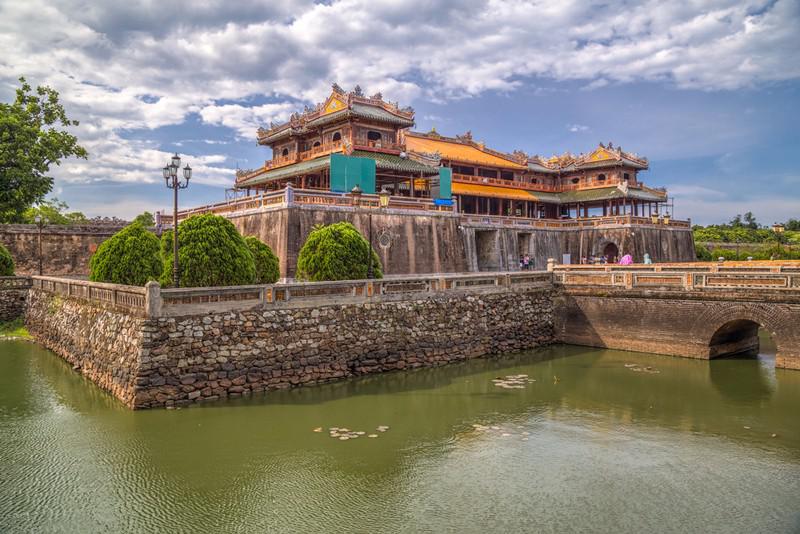
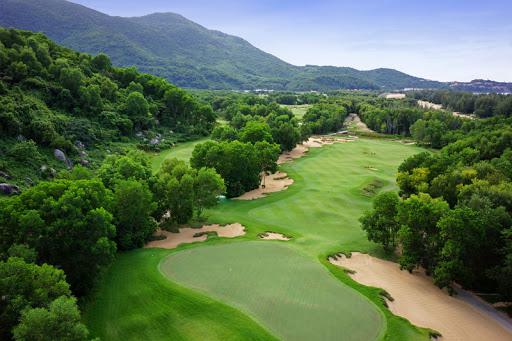
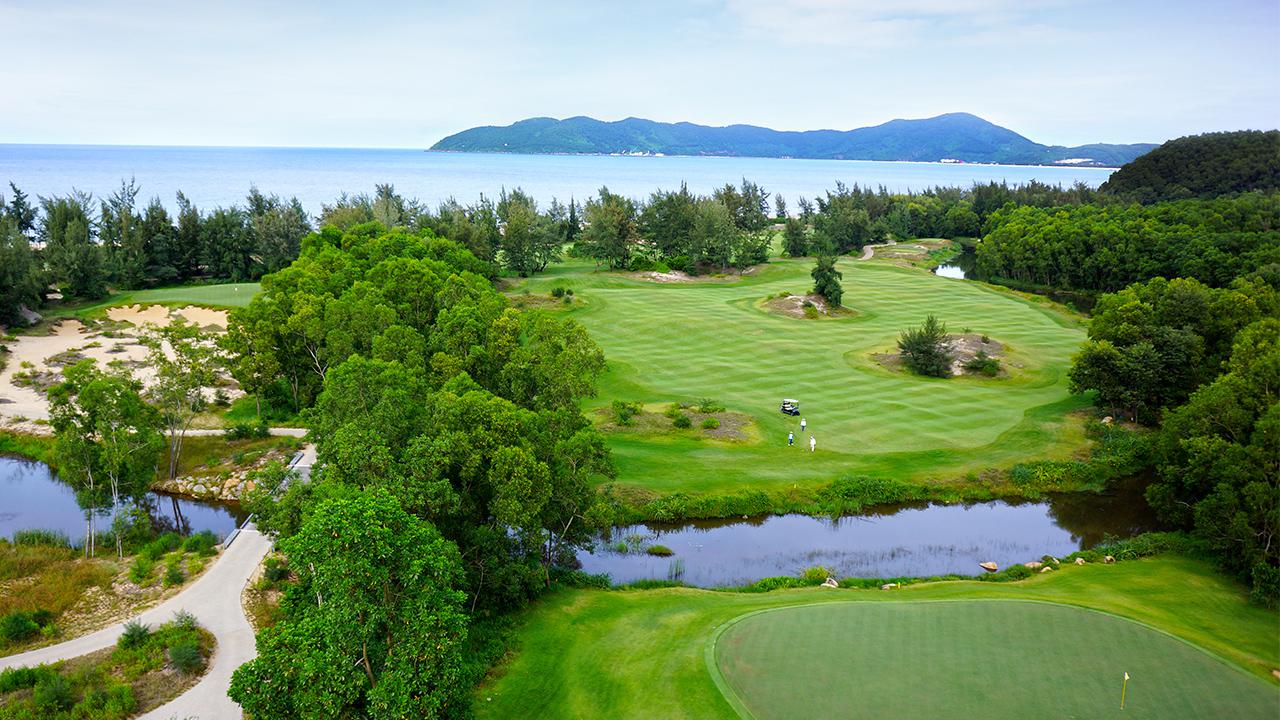
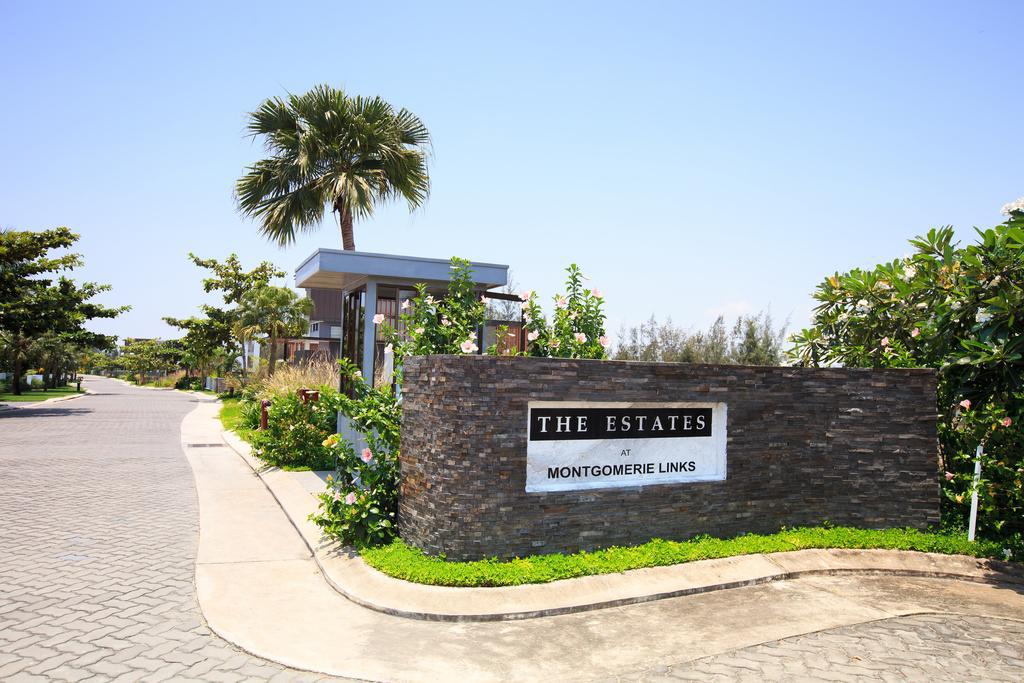
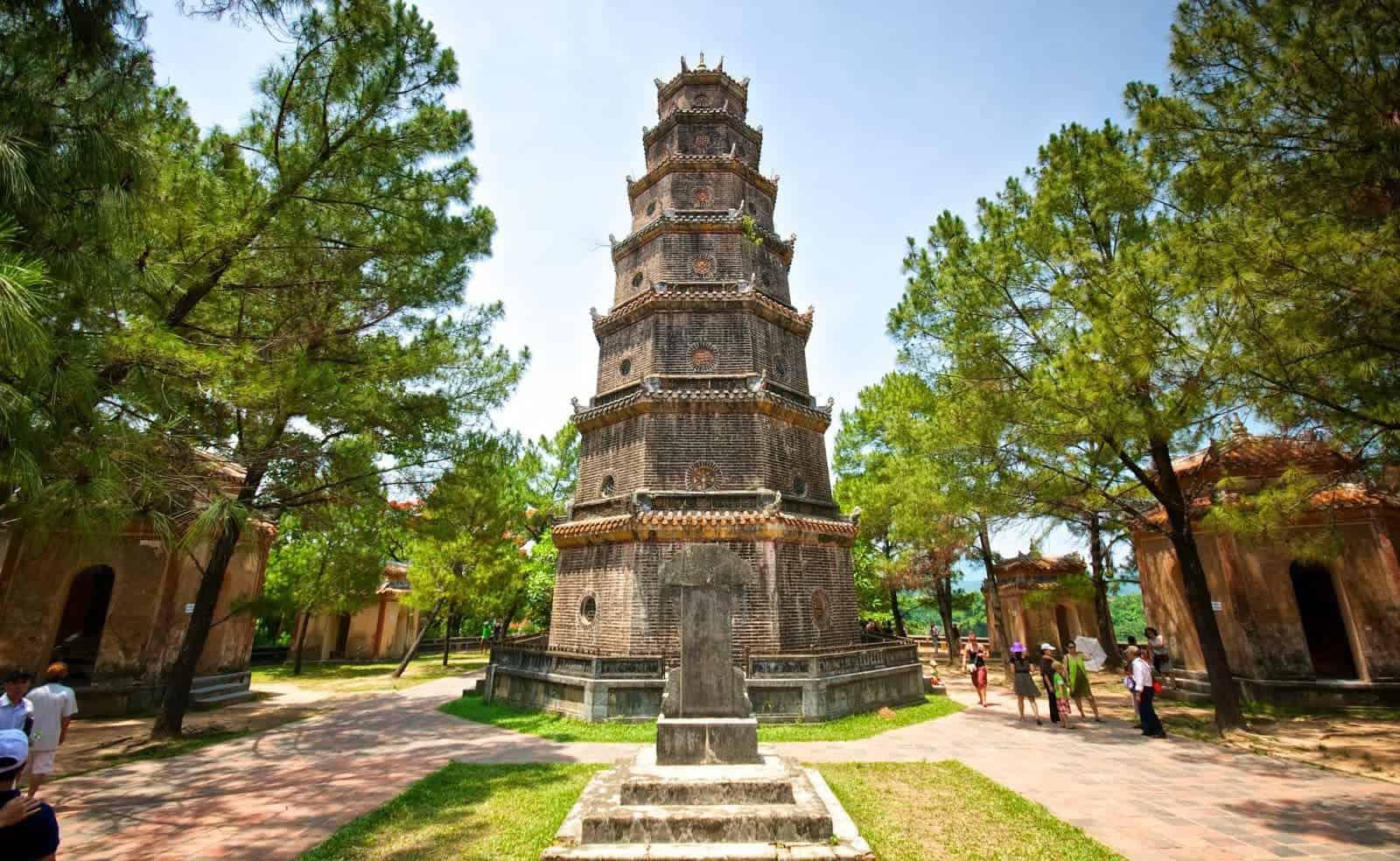
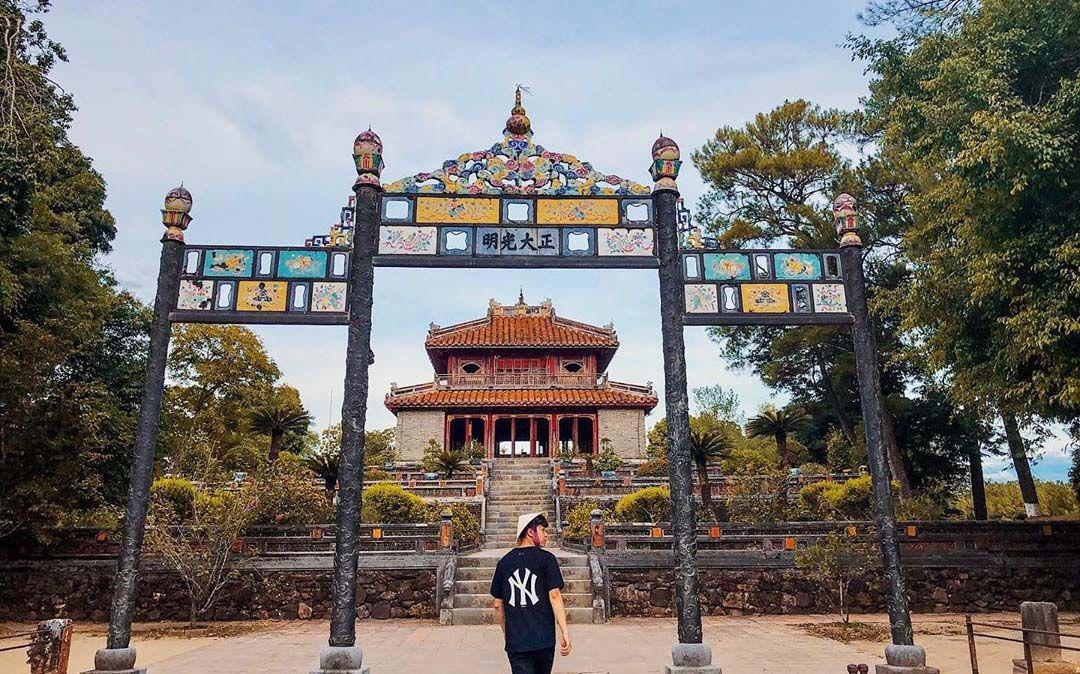

















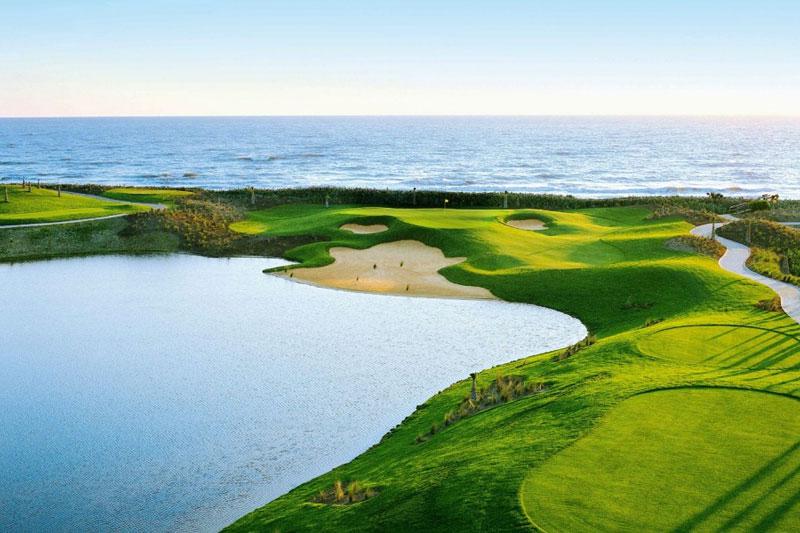
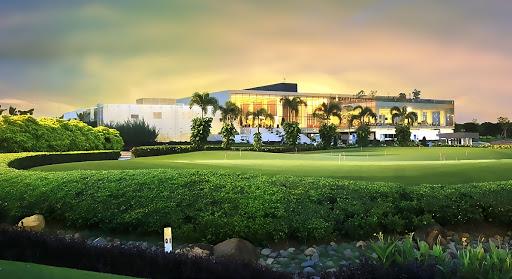
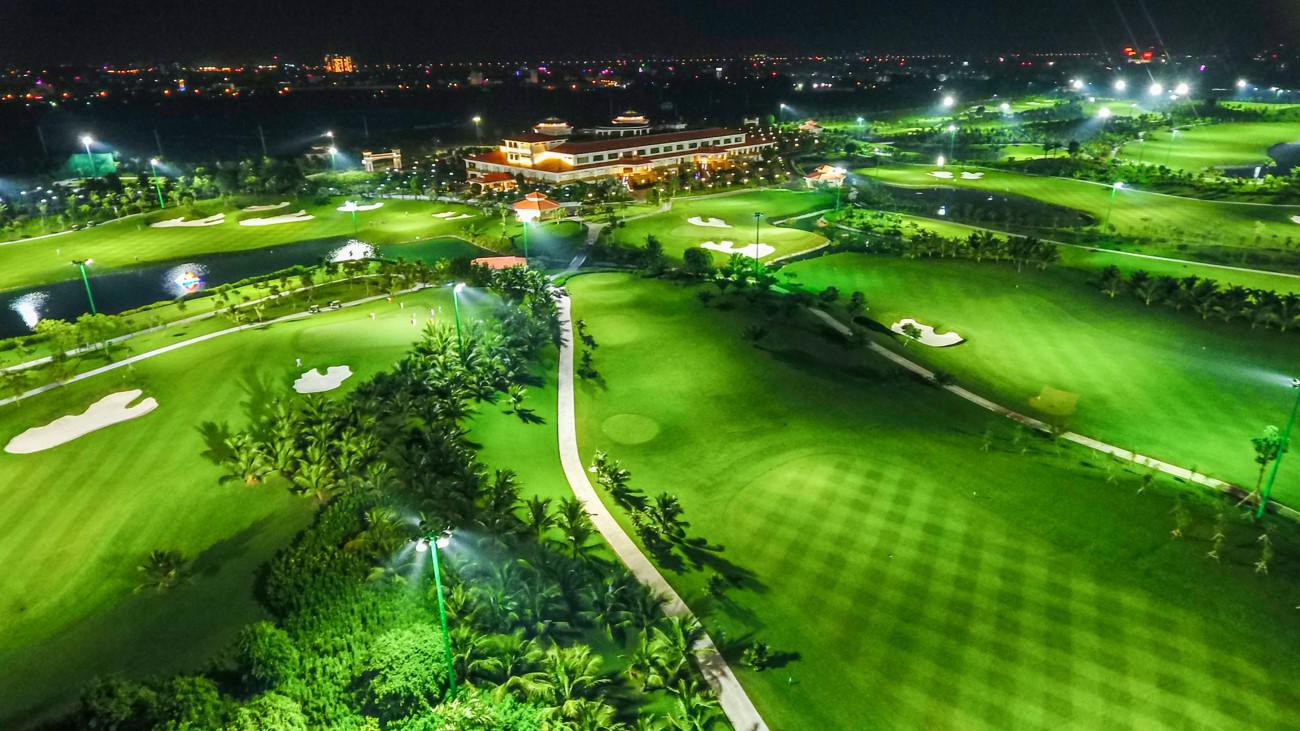
 Viet Green Golf for Android
Viet Green Golf for Android Viet Green Golf for iOS
Viet Green Golf for iOS Review Us at Trustpilot
Review Us at Trustpilot Review Us at Tripadvisor
Review Us at Tripadvisor


